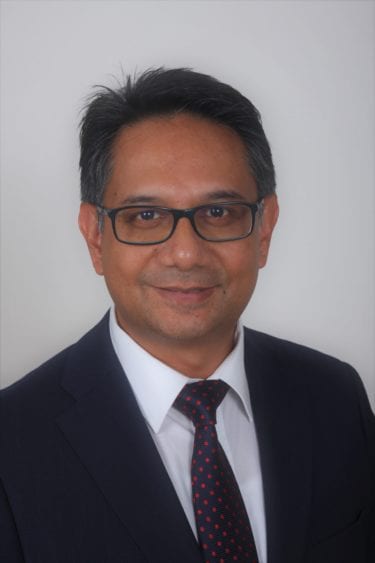
Raghoonundun (Birdy) Gunputh, Product Manager Safety Training, Lufthansa Aviation Training
Applying Virtual Reality into Cabin Safety Training
Raghoonundun Gunputh (nickname: Birdy) is the Product Manager Safety Training at Lufthansa Aviation Training, where his main area of responsibility is to manage the product portfolio for SEP, First Aid, security procedures and dangerous goods training.
He holds a degree in Master of Business Administration (MBA) from the Open University UK.
In his past 31 years’ experience within the airline industry, where he started as a cabin crew on long and short haul, 23 years were devoted to the field of safety training. During this period, he gained the competencies as a SEP, CRM and Security Trainer and took over the role of Manager Safety Training at different airlines for 19 years before joining Lufthansa Aviation Training. During his long training journey, Birdy has been involved in enhancing the designing and delivery of safety training in an ever-changing operational environment to achieve a high level of competency.
His latest project has been to introduce VR technology at the Lufthansa Aviation Training Centres in FRA and MUC for the yearly training of 18,500 Lufthansa cabin crew members. A challenging but successful project where Birdy is now exploring further development of such digital opportunities to optimize tomorrow’s training.
Applying Virtual Reality into Cabin Crew Safety Training
Virtual Reality (VR) has much been considered as a new means of training but seldom in a way to confirm its benefits for airlines and the end users, on a wide scale and in real life to fulfill regulatory requirements. The intended presentation shall explore the extend to which modern electronic learning such as VR can be applied to enhance learning and achieve effective and efficient training of cabin crew.
We at Lufthansa Aviation Training (LAT) implemented VR technology to enable 18,500 Lufthansa cabin crew members to practice specific recurrent training contents. The experience made has been very encouraging and applying such a new technology appropriately can be very beneficial. It opens new opportunities, which we are evaluating for further development and implementation to maintain a continuous improvement in the way we train.
Regulations demand us to train and check crew members to proficiency but to which extent is this achieved through conventional training and checking.
The aim of this paper is to share our knowledge, explore and discuss such opportunities when using VR as a supplement to the conventional training devices and extend its use to train aircraft systems in a more realistic manner. We at LAT have identified the added value of VR technology as a great opportunity to develop our training portfolio to better serve the future demand of training in a professional and effective manner. It is definitely a promising tool for successful implementation of competency-based assessment training.